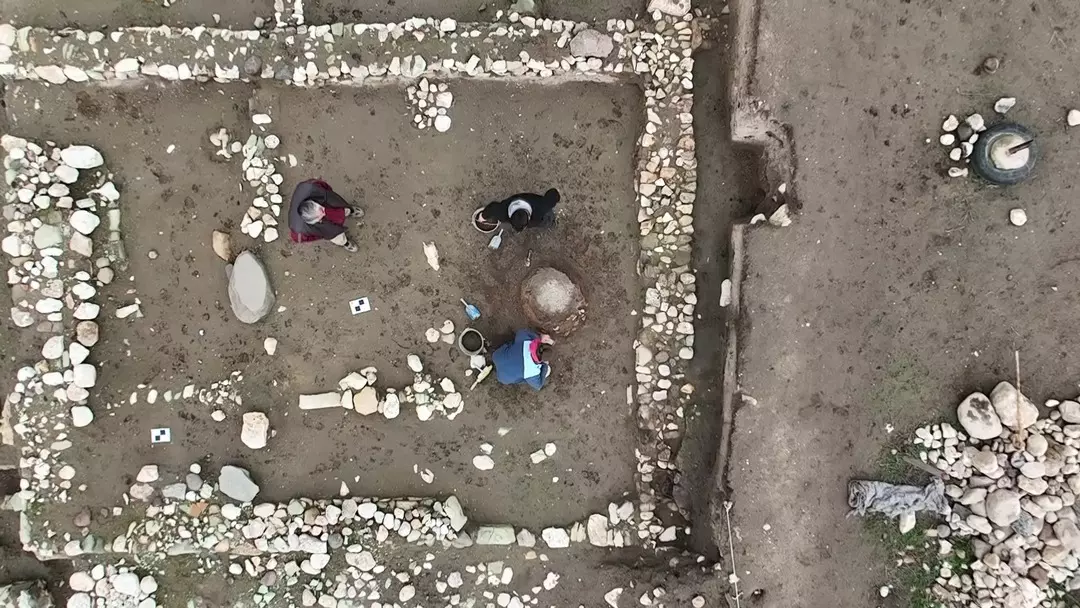High above the city of Athens, nestled among the ancient stones of the Acropolis, a tiny botanical marvel quietly thrives. Known as Micromeria acropolitana, this exceptionally rare and endemic plant grows exclusively on the Sacred Rock of the Acropolis — and nowhere else in the world.
For more than a hundred years, this small perennial herb was thought to be extinct, both in Greece and worldwide. It was first discovered in 1906 by two French botanists and formally described in 1908 by Austrian botanist Eugen von Halácsy. After that, it seemingly vanished from existence.
Its remarkable rediscovery came a century later, in 2006, thanks to Greek biologist Grigoris Tsounis and his son, Lambros. Since 2004, Tsounis had been observing the area’s rich ecosystem while working on his book Around the Acropolis. During one of their walks near the site, the two stumbled upon the elusive plant. “As soon as I saw it from a distance, I said, ‘That’s a Micromeria’ — its small leaves gave it away. But which Micromeria exactly?” Tsounis recalls.
The mystery was solved in 2009 when Danish botanist Dr. Kit Tan, professor at the University of Copenhagen, confirmed that the plant was indeed the legendary Micromeria acropolitana.
This discovery confirmed that the species had not disappeared after all. Instead, it had survived in its original habitat — the Acropolis of Athens, home to the Parthenon, one of the most iconic monuments in the history of Western civilization.
The Micromeria acropolitana is a modest plant, growing between 5 and 30 centimeters tall. It blooms between May and June, producing tiny pink flowers. It typically grows in rock crevices and shallow soil, favoring spots with an eastern exposure.
Today, this plant is recognized as an important symbol of Greece’s natural heritage and biodiversity. It is protected by Greek law, as it faces multiple threats: human activity, tourism, uprooting, and even routine cleaning of the archaeological site can all endanger its fragile existence.
To safeguard the species, the exact location where it thrives remains a closely guarded secret. While the plant can be found in several areas of the Acropolis, one discreet spot allows this endangered species to grow undisturbed, away from the bustle of curious visitors.
In the shadow of ancient history, this delicate bloom stands as a living testament to resilience — a rare and beautiful reminder that nature endures even in the most historic of places.








